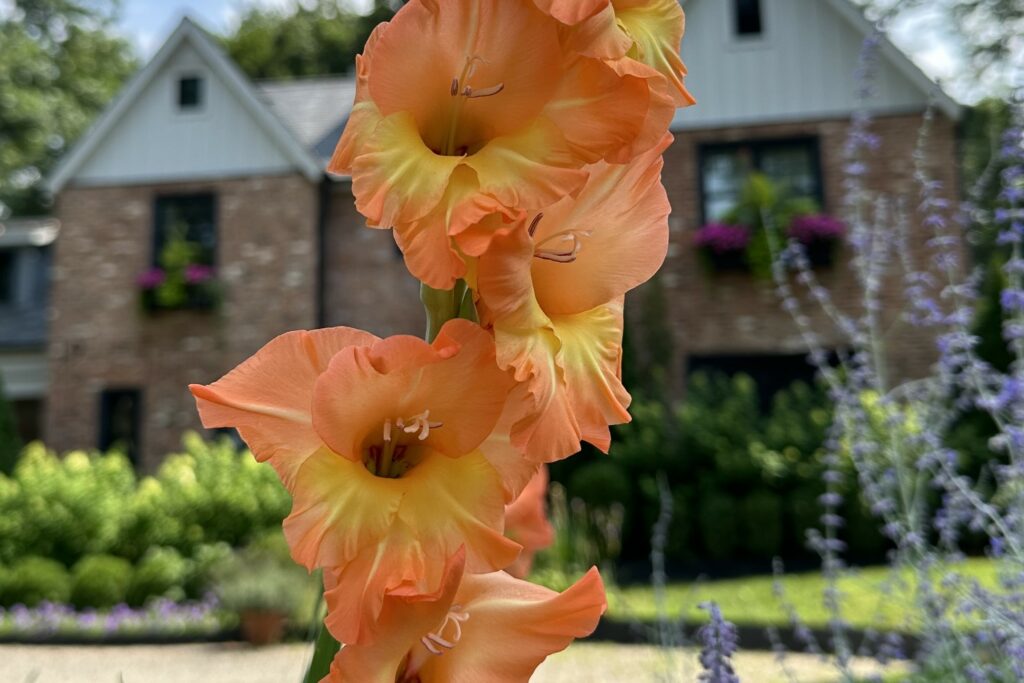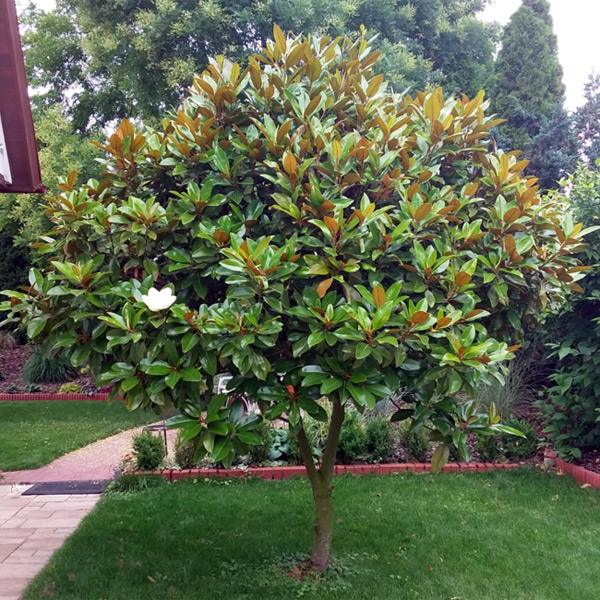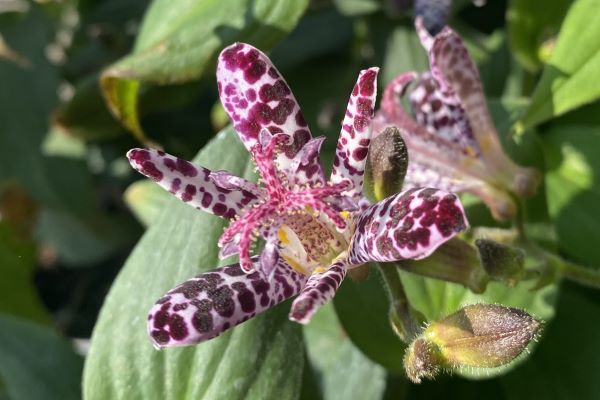Spring into Summer Gardening
It’s officially summer! The summer sun is your garden’s best friend, but you’ll still need some elbow grease to keep your operation running smoothly. Let’s talk about how we can keep our gardens going strong through these hot summer days.
Spring gardens are all about cultivation and getting your plants started. In contrast, summer is that exciting time where all the planning and fussing of spring finally pays off as your tomatoes and cucumbers begin to greet the world. The goal is to keep your garden fruiting through to the end of the season! With a little extra work, you can easily accomplish this.
Given the heat of the season, every gardener’s priority should be to make sure your crops are getting ample water. A savvy gardener may set up a rain gauge to see if the season’s rain is providing enough water. Your plants will want at least an inch of water a week, but under the blazing sun, sometimes more is more! Check to see how moist your soil is, then water your garden accordingly. Remember, you want to water the soil, not just the foliage! Take care to ensure that the water soaks into the soil instead of simply running off. Further, your plants are probably hungry by this time of year. It’s good practice to replenish the soil’s nutrient content with some compost or fertilizer.

One of the most important parts of summer maintenance is removing weeds from the garden. Pull these unwanted visitors out root and all in order to stop them from sneaking back in. If you keep up with it, snatching up small weeds that appear here and there will be a breeze. Weeding regularly will give your crops room to grow and thrive! On that note, it is important to thin out plantings to avoid crowding. For example, plant carrots a few inches apart to give the plants the space to form their tasty roots. Lastly, it is a good idea to pivot towards some summer-to-fall crops to make the seasonal transition easier. When choosing crops for the in-between months, keep an eye on your zone’s frost dates. Regions with later frost dates can get away with planting more tender crops such as beans and cabbage in the late summer. However, if you’re at risk of an early frost, opt for plants that are more cold-hardy, such as kale and winter radishes. Gardening is about working with nature, not against it, so make your job easier and listen to the world around you!
The days are long and hot, but don’t lose your steam! With a little love, your garden will head into summer with a bounty. Finish the season strong, get the most of your labor, and get ready to do it all over again in the fall! Happy planting!






